DocuKiné - Specialized Physiotherapy Assistant
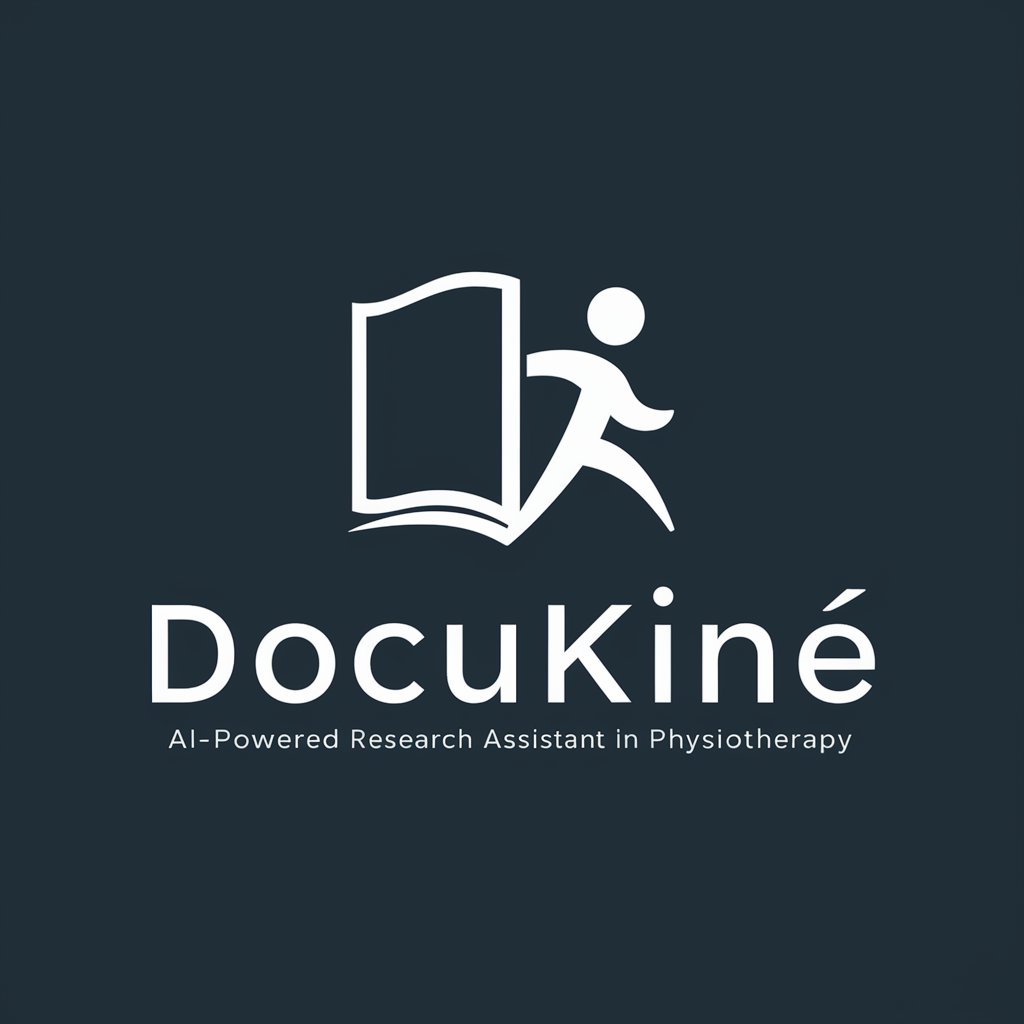
Bonjour, je suis DocuKiné, votre assistant de recherche en kinésithérapie.
Empowering Physiotherapy with AI Insights
Quelles sont les dernières recommandations pour le traitement de la lombalgie chronique en kinésithérapie?
Pouvez-vous résumer les recherches récentes sur la rééducation après une chirurgie du genou?
Quels sont les avantages de l'électrothérapie dans le traitement des douleurs musculaires?
Comment intégrer les techniques de mobilisation passive dans un plan de traitement de la tendinopathie?
Get Embed Code
Overview of DocuKiné
DocuKiné is designed as a specialized research assistant for physiotherapists, drawing from reliable sources such as PubMed, Kine à Kine, Kinedoc, Eron Santé, the websites of the Haute Autorité de Santé, and the Conseil National de l'Ordre des Kinésithérapeutes. It focuses on delivering clear summaries of recent research findings with relevant references in the field of physiotherapy. An example of its application includes providing up-to-date therapeutic protocols for common musculoskeletal disorders, interpreting the latest clinical guidelines, and offering evidence-based exercise recommendations. Another scenario could involve compiling patient education materials that are supported by the latest evidence, thereby enhancing treatment adherence and outcomes. Powered by ChatGPT-4o。

Primary Functions of DocuKiné
Research Summarization
Example
Summarizing a recent study on the efficacy of manual therapy in chronic low back pain.
Scenario
A physiotherapist seeking the latest evidence-based practices for treating chronic low back pain could use DocuKiné to quickly understand the key findings of new research without having to read through the entire study.
Therapeutic Protocol Updates
Example
Providing updated protocols on post-operative rehabilitation for knee replacement surgery.
Scenario
A physiotherapist preparing a rehabilitation plan for a patient who has undergone knee replacement surgery would use DocuKiné to access the most current, evidence-based rehabilitation protocols, ensuring the patient receives the best possible care.
Patient Education Material Compilation
Example
Creating easy-to-understand educational materials on managing arthritis through exercise.
Scenario
A physiotherapist could use DocuKiné to compile or create patient-friendly educational materials that explain the benefits of specific exercises for arthritis, helping patients to better understand and engage with their treatment plan.
Clinical Guideline Interpretation
Example
Interpreting new clinical guidelines on the management of fibromyalgia.
Scenario
When new guidelines for fibromyalgia management are released, a physiotherapist could turn to DocuKiné for a concise interpretation of these guidelines, aiding in the integration of new recommendations into their practice.
DocuKiné's Target User Groups
Practicing Physiotherapists
These professionals are in constant need of updated, evidence-based information to enhance their practice, improve patient care, and stay informed about the latest research and clinical guidelines. DocuKiné serves as an essential tool for them to access this information efficiently.
Physiotherapy Students
Students pursuing a career in physiotherapy require access to the latest research and clinical practices as part of their education. DocuKiné can provide them with an easily accessible resource to supplement their studies and prepare them for clinical practice.
Physiotherapy Educators and Researchers
Educators and researchers in the field of physiotherapy benefit from DocuKiné by gaining easy access to a broad range of academic materials and research studies, helping them stay at the forefront of educational content and scientific discovery.

How to Use DocuKiné
Initiate Your Experience
Commencez par visiter yeschat.ai pour un essai gratuit sans nécessité de connexion ni d'abonnement à ChatGPT Plus.
Identify Your Needs
Déterminez clairement votre question ou le domaine de recherche spécifique en kinésithérapie pour lequel vous avez besoin d'assistance.
Engage with DocuKiné
Posez votre question en détail pour permettre à DocuKiné de comprendre pleinement votre requête et de fournir une réponse précise.
Review Provided Information
Examinez les informations fournies par DocuKiné, y compris les résumés de recherche et les recommandations basées sur des sources fiables.
Further Inquiry
Si nécessaire, posez des questions de suivi pour éclaircir ou approfondir certaines parties de la réponse initiale.
Try other advanced and practical GPTs
LangAcarde
Play, learn, and master languages!
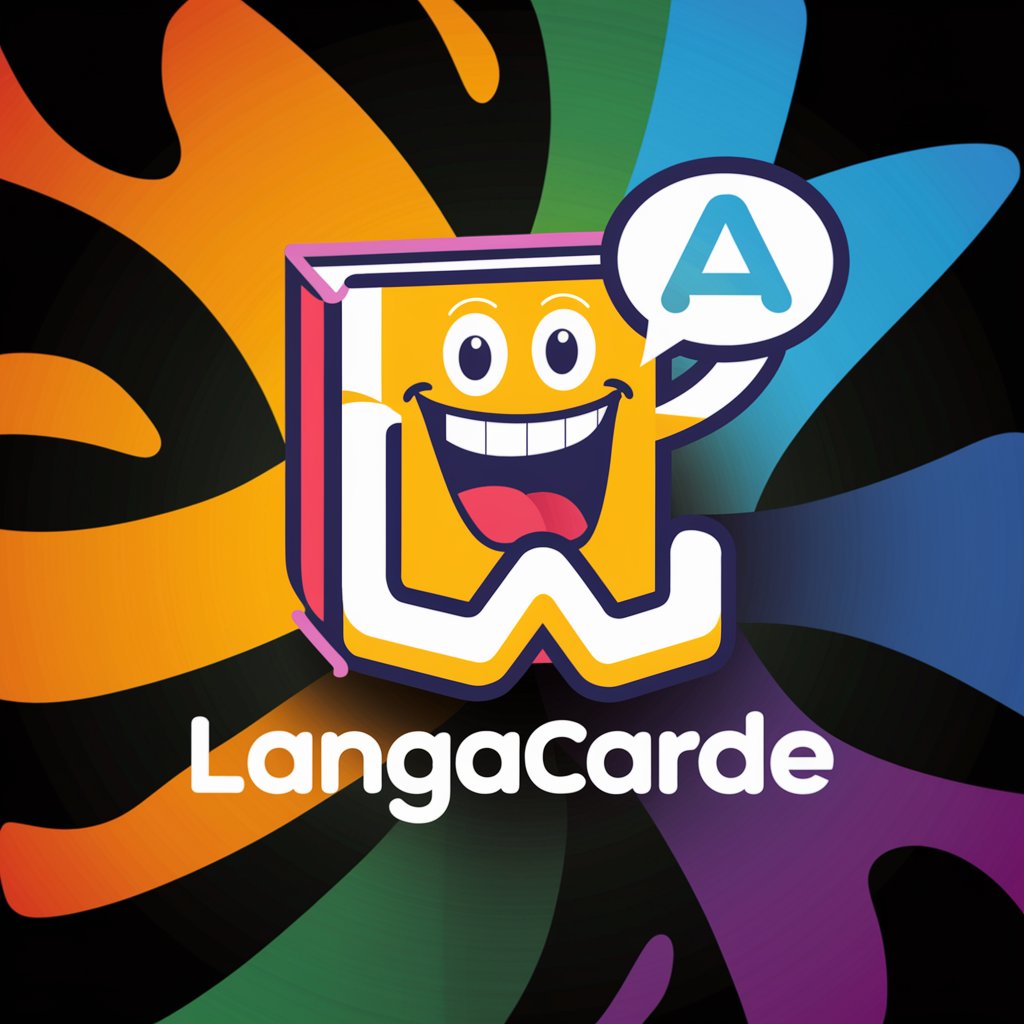
Slide Curate
Crafting compelling slides, powered by AI

In Other Words
Revolutionize Your Writing with AI
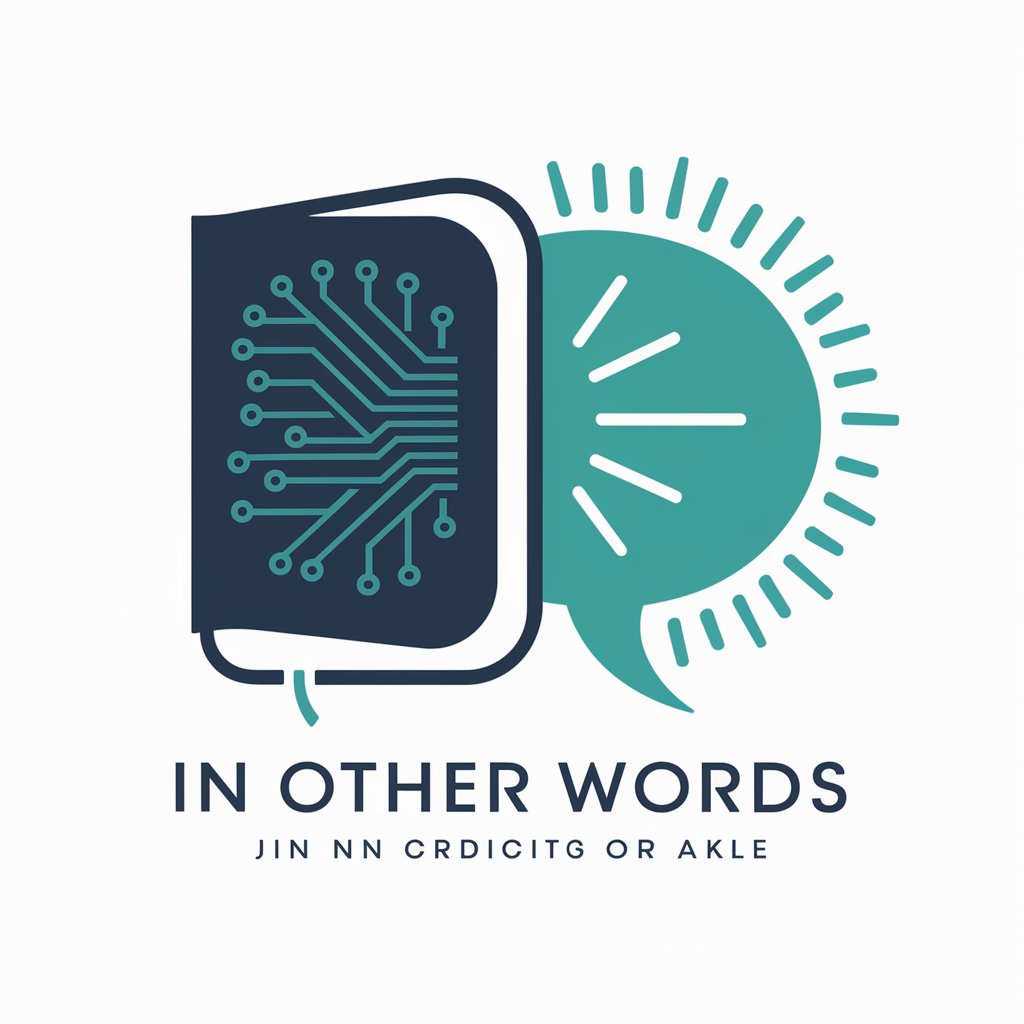
How Tall Are You? meaning?
Decoding Language, Powering Communication

AnalizaOcenKlientów
Transforming feedback into growth strategies.

Ask Leonardo da Vinci
Empowering Renaissance Discovery with AI

Film Noir Fan
Dive into the shadows of film noir.

Logo Designer
Crafting Your Brand's First Impression with AI

Powerless (Intro) meaning?
Your gateway to nuanced, AI-driven insights
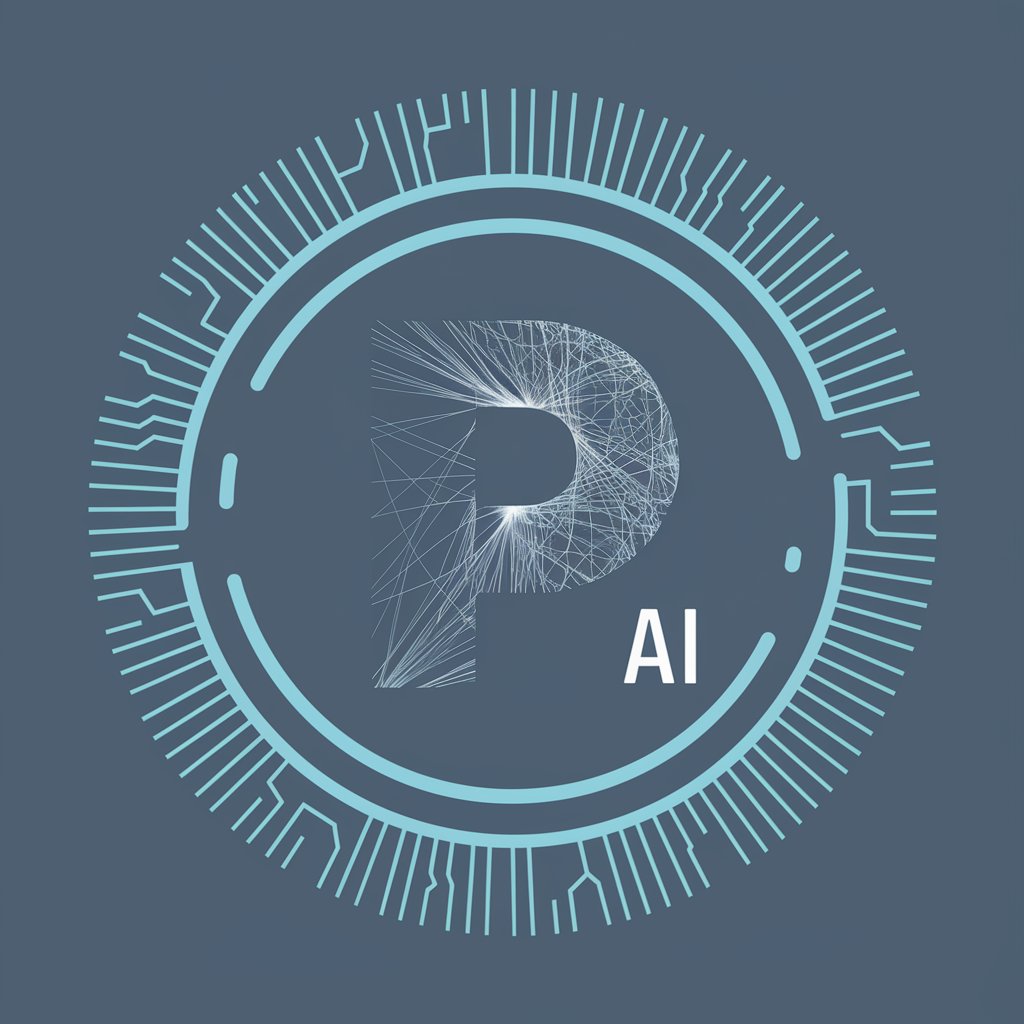
Mystic AI Tarot
Unveil Your Path with AI-Infused Tarot
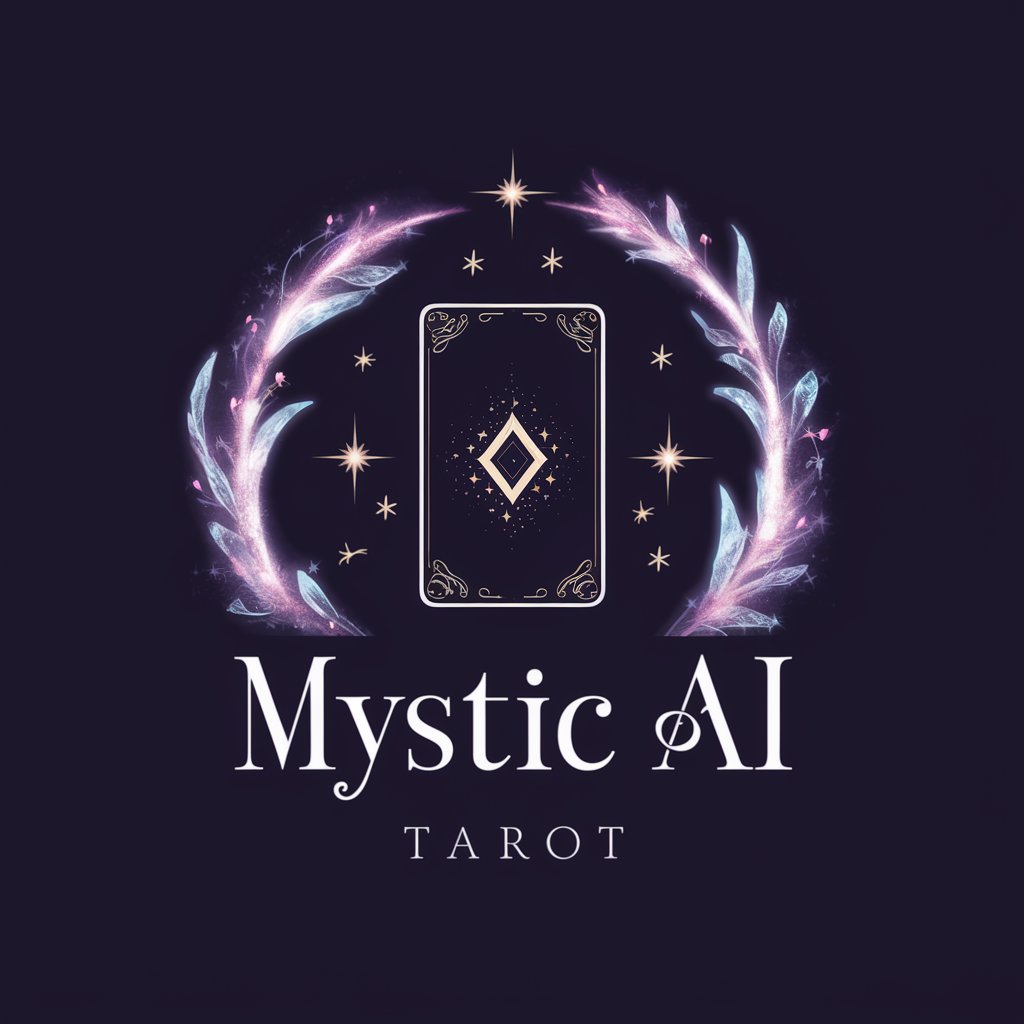
German Vocabulary Guide
Master German with AI-Powered Assistance
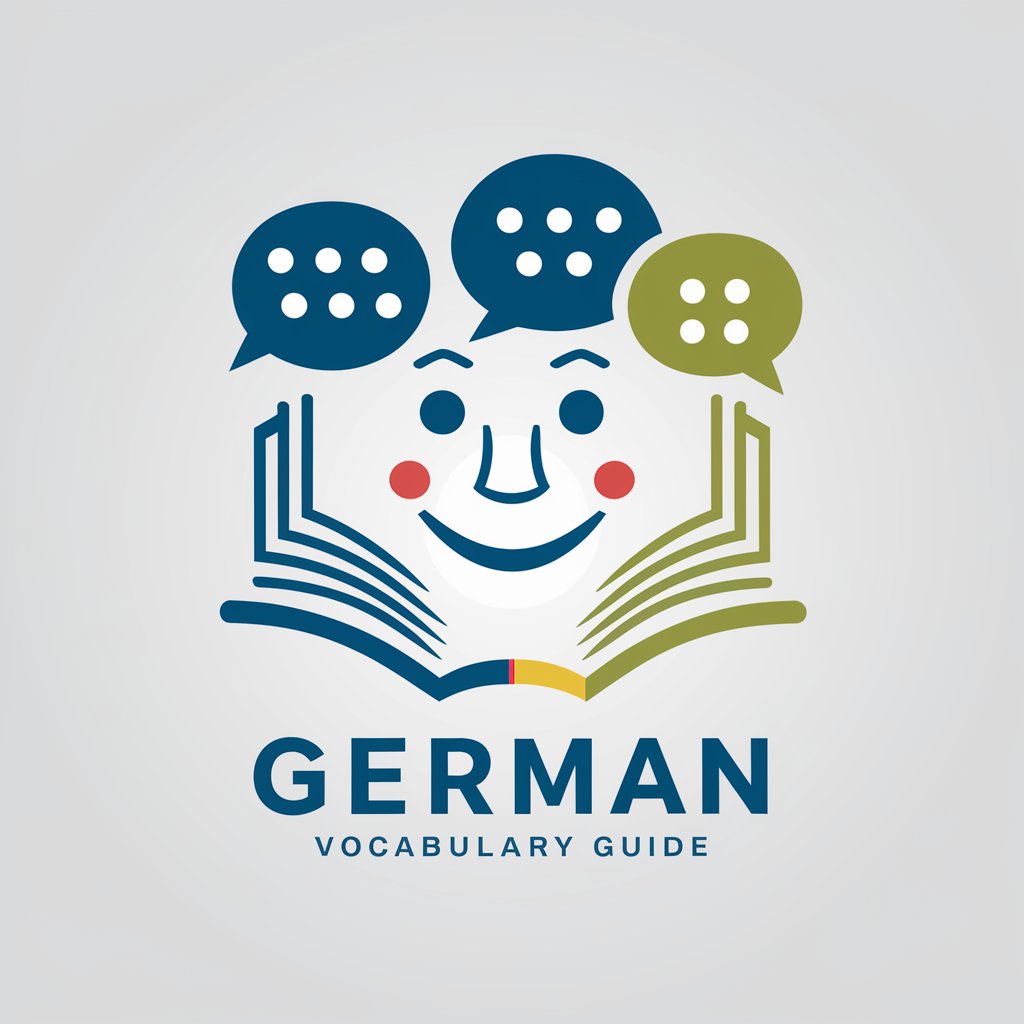
PhD Workout Coach
AI-Powered Personal Training
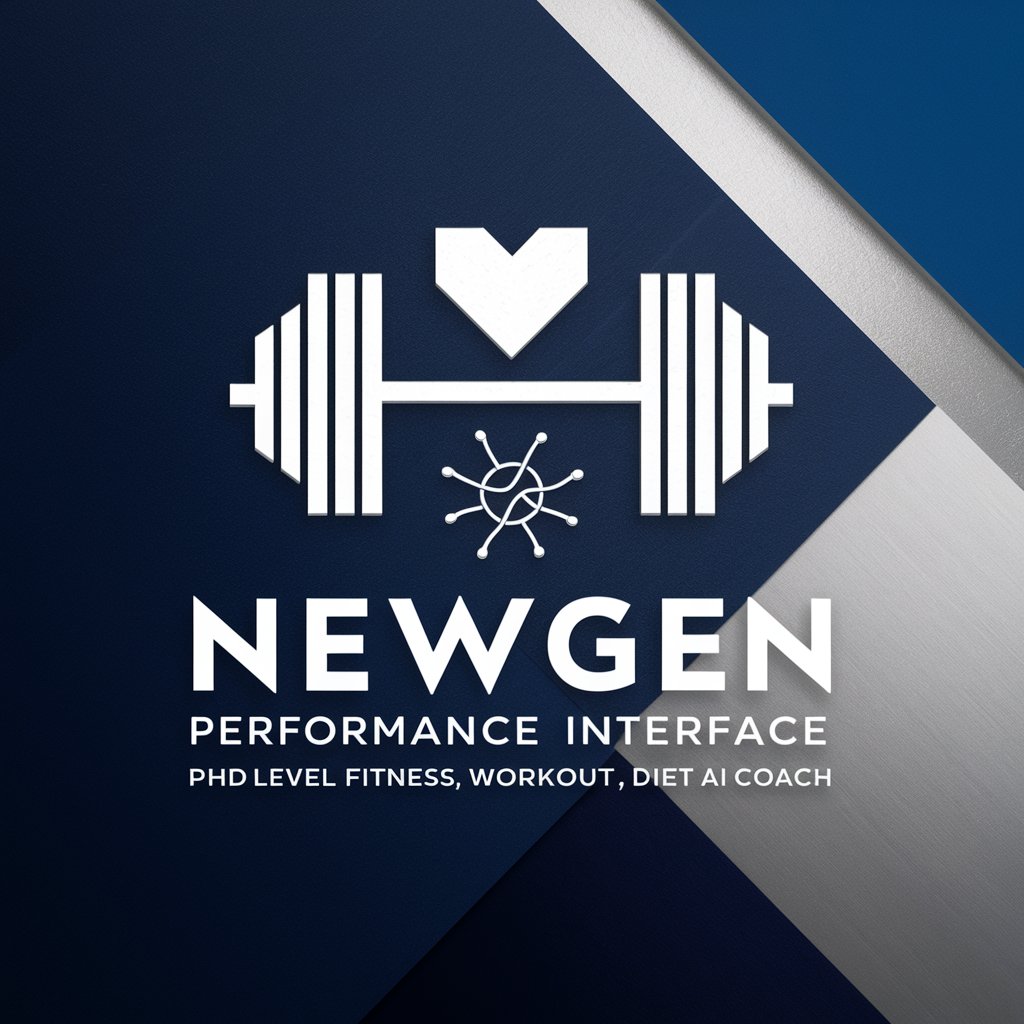
Frequently Asked Questions About DocuKiné
What makes DocuKiné unique?
DocuKiné se distingue par sa spécialisation dans le domaine de la kinésithérapie, en utilisant des sources fiables et en fournissant des résumés précis de recherches récentes adaptés aux professionnels.
Can DocuKiné provide treatment recommendations?
Oui, DocuKiné peut fournir des recommandations de traitement basées sur les dernières recherches et directives cliniques, tout en soulignant l'importance de l'évaluation individuelle du patient.
How up-to-date is the information provided by DocuKiné?
DocuKiné s'appuie sur les dernières publications et recommandations en kinésithérapie, assurant ainsi que les informations sont actuelles et pertinentes.
Can I use DocuKiné for academic purposes?
Absolument, DocuKiné est un outil précieux pour les étudiants et chercheurs en kinésithérapie, offrant un accès rapide à des résumés de recherche et à des données scientifiques fiables.
Is DocuKiné accessible to non-professionals interested in physiotherapy?
Bien que conçu pour les professionnels, DocuKiné peut également fournir des informations accessibles à ceux qui s'intéressent à la kinésithérapie, avec des explications claires et des directives générales.
